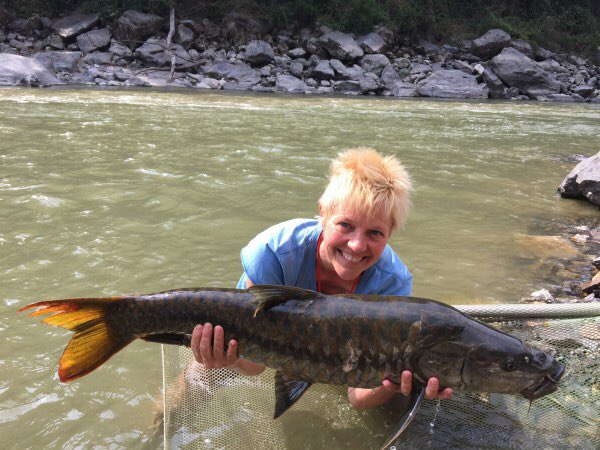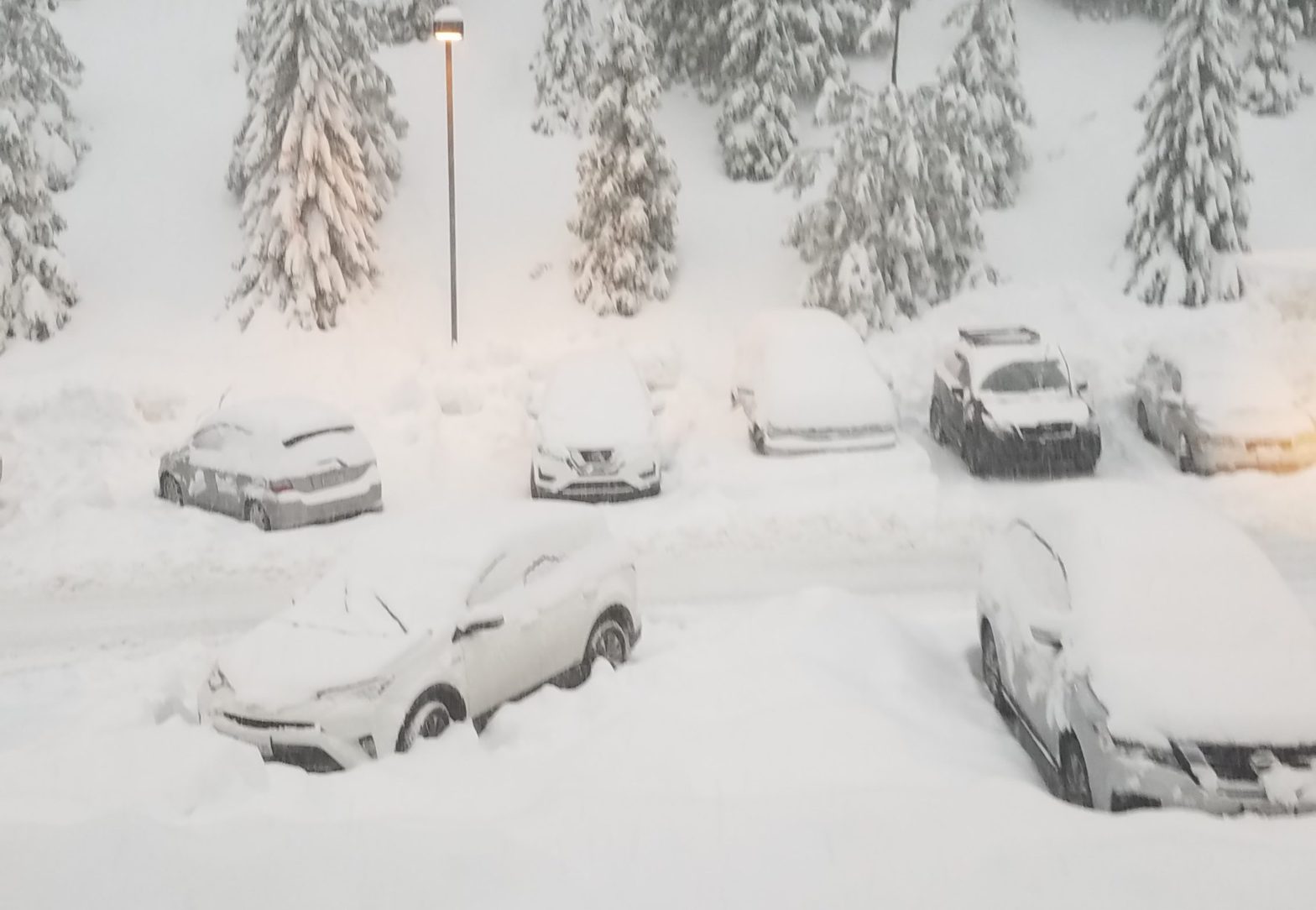The Wildlife Society Hawaii Chapter and The Nature Conservancy of Hawaii are coming together to provide an amazing opportunity for TWS Hawaii members.


The Wildlife Society Hawaii Chapter and The Nature Conservancy of Hawaii are coming together to provide an amazing opportunity for TWS Hawaii members.


We have an excellent opportunity coming up on the island of Kaua’i with Nā Kiaʻi Nihokū at Kīlauea Point National Wildlife Refuge. Come get to know the unique landscape of Nihokū while learning more about this storied, celebrated, and protected coastal crater hill.

The Wildlife Society Hawaii Chapter and The Nature Conservancy of Hawaii (https://www.nature.org/en-us/get-involved/how-to-help/places-we-protect/waikamoi/) are coming together to provide an amazing opportunity for TWS Hawaii members.


The Wildlife Society – Hawai’i Chapter is celebrating World Shorebird Week on Hawai’i Island! Join wildlife biologists Alex Wang and Cara Thow for a morning of shorebird watching at ‘Aimakapā fishpond.
We will meet at 9 AM at the north side of the Honokohau Marina parking lot and walk to the fishpond from there. Please bring comfortable shoes, snacks, water, sunscreen, and a hat. We can expect to see native species such as a’eo (Hawaiian stilt), kolea (Pacific golden plover), andʻūlili (wandering tattler) as well as have a chance to see some interesting fall vagrants. Check out the ebird list here!
Membership in TWS-Hawai’i is required for this event. To join TWS-Hawai’i, click here.


The Wildlife Society(TWS)/ American Fisheries Society (AFS) 2019 Joint Conference in Reno, Nevada, took place from September 29 through October 3, 2019, at the Reno-Sparks Convention Center. Both professionals and students from Hawai‘i were present, including the Pulāma Lana‘i manager Rachel Sprague, who spoke about her experience with stakeholder engagement and conservation conflict resolutions. Four members from Dr. Price’s Wildlife Ecology Lab at the University of Hawai‘i-Mānoa: Chad Wilhite, Kūpa‘a Luat-Hueu, Derek Risch, and myself (Laura Luther), all presented on their research. Chad and Laura’s study species is the Hawaiian short-eared owl, or pueo (Asio flammeus sandwichensis), while Kūpa‘a and Derek’s focal species is the wild boar (Sus scrofa). It was also nice to connect with and share research results with Hawai‘i DLNR managers present from each island.
Some topics from the conference included:
Chad Wilhite was pleasantly surprised to find the “Out in the Field” event at the conference: “It was extremely nice to see that the society is working to actively promote participation from historically underrepresented groups.” He also enjoyed connecting with researchers whose papers have guided him through his own academic endeavors.
There were inspiring synergies between AFS and TWS, with joint symposiums ranging from science communication to harvest management considerations. At a single time there were over 50 paper presentations happening, while the poster session included over 500 presenters—there was an abundance of experience and knowledge to gain through this collaboration among the fish and wildlife experts! I really enjoyed the variety of networking and social events, particularly the Women of Wildlife Reception.

From February 4 – 8, 2019 we attended the 200th Wildlife Society Annual Meeting at Tenaya Lodge just outside Yosemite National Park, in beautiful Fish Camp California. The theme of the meeting was “Death And Taxas: Extinction and Speciation During the Anthropocene.”
It was a really fun and educational experience networking and learning from 600 + wildlife biologists from the western region and beyond. We attended lost of talks and sessions included a pre-conference fire ecology workshop. It was great to learn techniques and concerns from biologist and managers outside of Hawaii. The highlight of the trip was probably the 5+ feet of snow dumped on us the first day of the conference and enjoying the sierras and Yosemite valley in the snow. Very different from Hawaii weather!